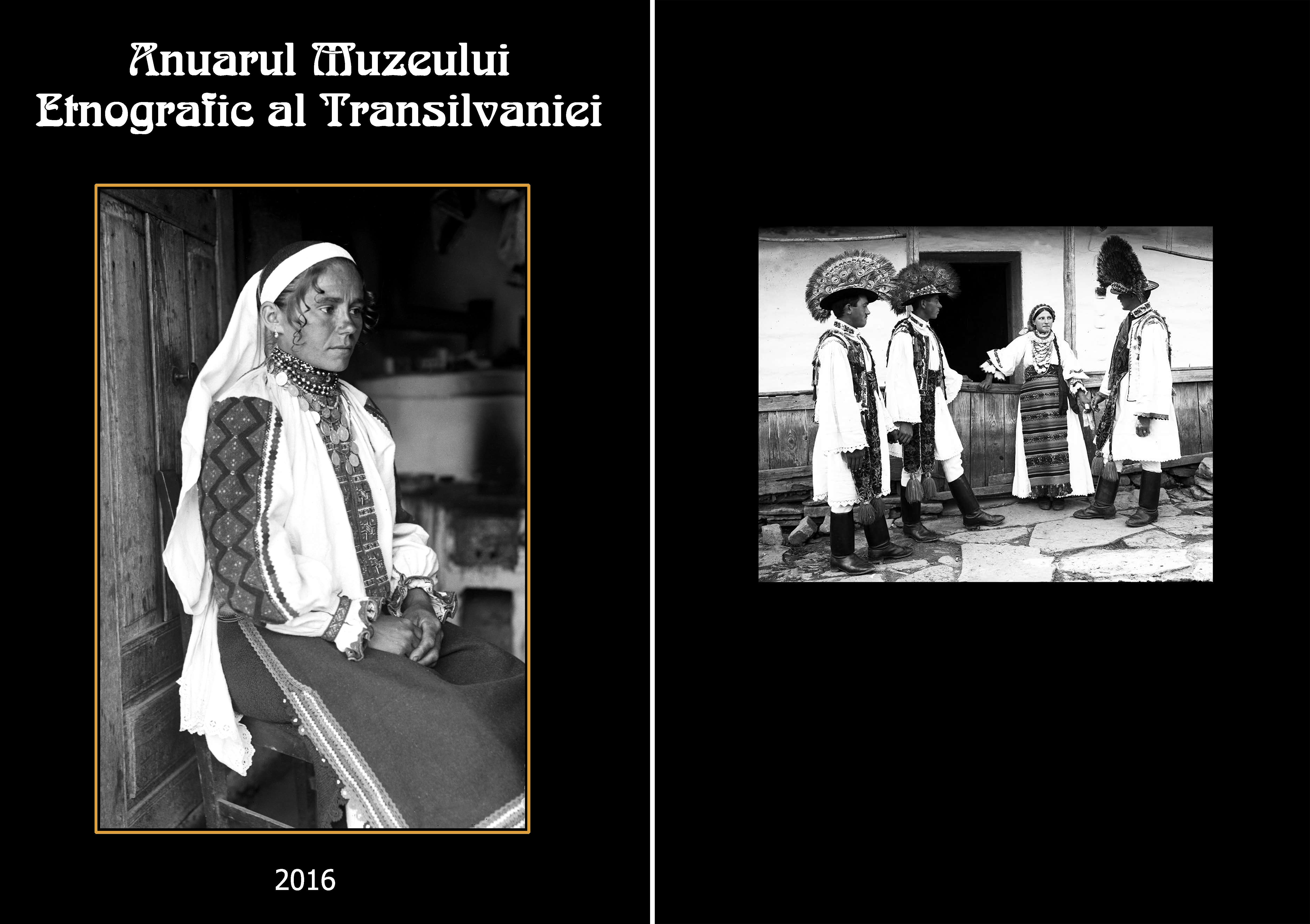ȘARPELE CERESC ȘI CALENDARUL AGRAR
The Heavenly Snake in the Agricultural Calendar
Author(s): Iharka Szücs-Csillik, Zoia MaximSubject(s): History, Archaeology, Literary Texts, Anthology
Published by: MUZEUL ETNOGRAFIC AL TRANSILVANIEI
Keywords: Ethnoarchaeology; archaeoastronomie; snake; agrarian rituals; symbol
Summary/Abstract: This study will try to find answers to the question "Why did our ancestors use the snake symbol and sign in their nonverbal communication?" When we observe the snake’s life and behaviour, we come to understand why Neolithic men used the snake symbol, and why it was important for our ancestors to represent the snake. The snake signs as revealed by archaeological finds enable us to deepen the research about these „famous reptiles”. During the Neolithic, the snake was a symbol for good, helping humankind, but also unknowable and unpredictable, so for the Neolithic men the snake became sacred. That is the reason why they represented the sacred snake on vases, bracelets, buildings, even more, the snake can be found on the sky as a unique constellation charting. In Romanian tradition the snake has many meanings, the best known is that of the guardian serpent (the snake of the house), which represents the protector of the household goods, or the foreteller of rain. Connections between the snake and the cyclic regeneration of nature appeared not only are not typical to Romania. Frequently encountered signs of the snake are the following: the spiral; zigzag; ascending meander; little sticks; chain of S’s; the alphabetical character S (snake in attack); the shape of the S letter around the eggs (circles).
Journal: Anuarul Muzeului Etnografic al Transilvaniei
- Issue Year: 2016
- Issue No: 1
- Page Range: 418-432
- Page Count: 15
- Language: Romanian
- Content File-PDF

